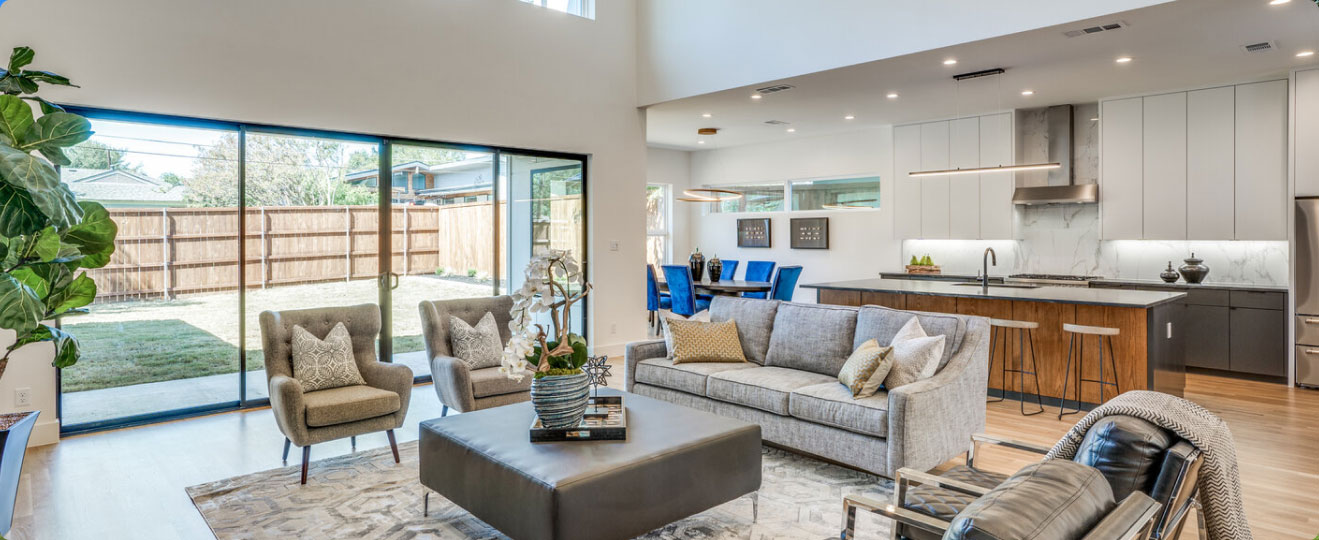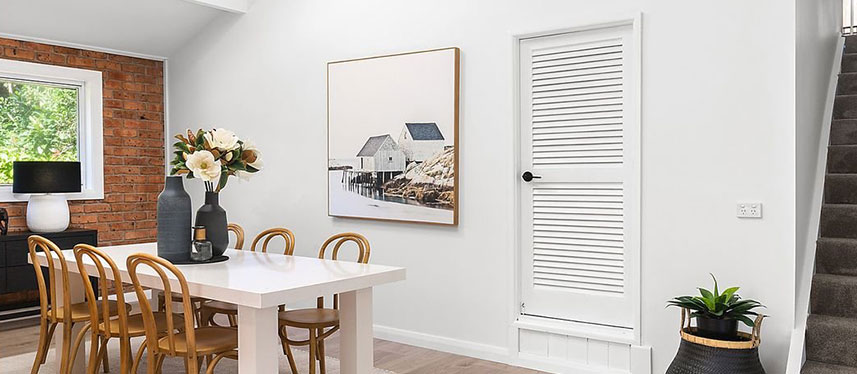
Introduction
Garage conversions in Foster City provide a practical way to gain extra living space without the need for major construction. By transforming a garage into a livable area, residents can create guest rooms, home offices, or additional family space. This approach not only improves home functionality but also increases property value. Garage conversions offer a versatile solution to meet the growing space needs of families in Foster City.
Essential Garage Conversion Rules for Foster City
What you can build
Maximum Size
Garage conversions in Foster City must adhere to size regulations, with a limit typically set around 500 square feet.
Side/rear setbacks
A minimum setback of 5 feet from the side and rear property lines is required for garage conversions.
Height limit
The height of a converted garage should not exceed 15 feet from the ground to the roof peak.
Building separation
Converted garages must maintain a distance of at least 10 feet from the main residential building.
Permitting Process Timeline
Standard
The standard permitting process for a garage conversion takes approximately 6-8 weeks for approval.
Historic Property review
If the property is historic, the review process may extend to about 12 weeks to ensure compliance with preservation guidelines.
Zoning Regulations in Foster City
Zoning regulations are crucial for ensuring the compatibility of garage conversions with neighborhood standards.
Garage Conversion Size Limitations
| Zoning District | Maximum Floor Area Allowed |
| R-1 (Single Family) | 600 sq. ft. |
| R-2 (Two Family) | 700 sq. ft. |
| R-3 (Multifamily) | 800 sq. ft. |
| R-4 (Neighborhood Mixed Use) | 900 sq. ft. |
Height Limitations
Converted garages in Foster City should not exceed a height of 16 feet to blend well with residential surroundings.
Building Coverage
The total building coverage, including the converted garage, should not surpass 40% of the lot area.
Location
| Property Type | Location Requirement |
| Single-Family Homes | Garage conversion should be within 20 feet from the street. |
| Duplex | Garage conversion must be at the back of the property. |
| Multifamily | Garage conversion should maintain 15 feet distance from adjacent buildings. |

Exterior details
The exterior design of the converted garage should match the main house to maintain architectural harmony.
Setbacks and Buffer Zones
Ensure a buffer zone of at least 4 feet from neighboring properties to respect privacy.
Minimum Lot Area
Connection for utilities
All utility connections, including water, electricity, and sewer, must comply with city codes and regulations.
Fire safety
Garage conversions must include fire safety features such as smoke detectors and fire-resistant materials.
Room specifications
- Living Area: Should be at least 150 square feet to provide a comfortable living space.
- Kitchen: Must include essential amenities like a stove, sink, and refrigerator, within a compact area of 50 square feet.
- Bathroom: Should include a toilet, sink, and shower, occupying around 40 square feet.
- Ceiling Height: The ceiling height should be at least 7 feet to ensure a spacious feel.
Short-term Rentals and Home Occupations Regulations
Garage conversions can be used for short-term rentals or home businesses, adhering to local guidelines.
Building Codes
Ensure compliance with all local building codes, including electrical, plumbing, and structural requirements.
Foster City Garage Conversion Permit Guidelines
| Permit Type | Description | Estimated Fee |
| Building Permit | Necessary for all structural modifications. | $1,000 |
| Electrical Permit | Required for all electrical work. | $300 |
| Plumbing Permit | Needed for plumbing installations. | $250 |
| Mechanical Permit | For HVAC system installations. | $200 |
| Planning Review | To ensure compliance with zoning laws. | $150 |
Property Requirements
The property must meet specific requirements such as minimum lot size and appropriate zoning.
Parking
One additional off-street parking space is required for a garage conversion.
Front Setbacks
Front setbacks should be at least 15 feet from the property line.
Side and Rear Setbacks
Maintain a minimum of 5 feet from side and rear property lines.
Open Space and Rear Yards
Ensure that at least 20% of the lot remains as open space.
Properties That Qualify
Properties zoned for residential use are eligible for garage conversions, provided they meet local regulations.

Development standards
Single-family Homes
Must comply with R-1 zoning regulations.
Multi-family Properties
Should adhere to R-3 zoning requirements.
Duplex Properties
Must follow R-2 zoning guidelines.
Property designations
- Flood Zones: Conversions in flood zones require additional permits and safety measures.
- Easements: Ensure no easements are obstructed by the conversion.
- Historic Properties: Must undergo a detailed review to maintain historical integrity.
Summary
Garage conversions in Foster City offer a practical solution for creating extra living space while adhering to local regulations. This approach enhances home functionality and value, making it a popular choice for homeowners.
FAQs
Yes, size limitations vary by zoning district and must be adhered to. Each zoning district has specific maximum floor area limits, and you will need to ensure your conversion does not exceed these limits. This helps maintain neighborhood character and prevents overcrowding.
Yes, garage conversions can be used as home offices if they comply with local regulations. This includes meeting building codes for electrical work, ensuring adequate ventilation, and possibly providing additional parking spaces. A home office can provide a quiet and dedicated space for work, enhancing productivity.
The height limit for garage conversions is typically 16 feet. This limit helps ensure that the converted space remains consistent with the scale and character of the surrounding residential buildings. Exceeding the height limit may require additional permits or variances from the city planning department.
Yes, you are required to provide one additional off-street parking space. This requirement helps manage the increased parking demand that may result from the additional living space. It ensures that the conversion does not negatively impact street parking availability for neighbors.
Yes, the exterior design should match the main house to maintain architectural consistency. This includes using similar materials, colors, and design elements. Ensuring a cohesive look helps preserve neighborhood aesthetics and can increase the overall property value.
Yes, a kitchen can be included, but it must comply with local building codes. This includes proper installation of plumbing, electrical outlets, and ventilation systems. The kitchen should also have all necessary safety features, such as fire alarms and extinguishers.
Setbacks typically include a minimum of 5 feet from side and rear property lines. These setbacks help ensure privacy and safety for both the residents and their neighbors. They also allow for adequate space for maintenance and emergency access around the building.
Yes, but the conversion must undergo a detailed review process to maintain historical integrity. This may involve getting approval from a historical preservation board and ensuring that any changes do not alter the property’s historic character. Special materials or construction techniques might be required.
Yes, but you must comply with local short-term rental regulations. These regulations may include registering the rental, paying applicable taxes, and adhering to occupancy limits. It’s important to check for any additional requirements, such as safety inspections and insurance coverage.
Yes, all utility connections must comply with city codes. This includes connecting to the main water, sewer, and electrical systems. Proper utility connections ensure the converted space is safe and functional for living purposes.
Fire safety features such as smoke detectors and fire-resistant materials are required. These measures help protect the occupants and the property from fire hazards. It’s also important to ensure there are clear escape routes and accessible fire extinguishers.
Yes, location requirements vary by property type and must be adhered to. For example, single-family homes may have different setback and placement requirements compared to multi-family properties. These restrictions help maintain neighborhood character and ensure proper spacing between buildings.
Yes, but additional permits and safety measures are required for properties in flood zones. This may include elevating the converted space, installing flood-resistant materials, and ensuring proper drainage systems. These measures help protect the property from flood damage.
No, garage conversions must comply with the zoning regulations specific to each district. Some districts may have restrictions on the types of conversions allowed or additional requirements to meet. Always check the zoning laws for your specific area before starting a conversion project.
Yes, a planning review is required to ensure compliance with zoning laws. This review process helps verify that the conversion meets all local regulations, including size, setback, and design requirements. The planning review may also involve public notices and input from neighbors.
Yes, bathrooms should include essential amenities and comply with local building codes. This includes proper plumbing, ventilation, and fixtures. Bathrooms must also meet safety standards, such as having non-slip flooring and adequate lighting.
Yes, detached garages can be converted if they meet local regulations. This includes adhering to size limits, setback requirements, and ensuring proper utility connections. Detached garage conversions can provide a separate living space, ideal for guest quarters or rental units.
Yes, ensure no easements are obstructed by the conversion and comply with local regulations. Easements are areas designated for utilities or access, and obstructing them can lead to legal issues. It’s important to check with local authorities to ensure compliance.
Yes, garage conversions can be used as rental units, but you must comply with local rental regulations. These regulations may include registering the unit, ensuring it meets all building codes, and adhering to occupancy limits. Always check with the local housing authority for the most up-to-date guidelines before proceeding.
Yes, multiple permits are required, including building, electrical, and plumbing permits. This ensures that the conversion meets all safety and construction standards. You will need to submit detailed plans and possibly undergo inspections at various stages of the conversion process to ensure compliance with local laws.